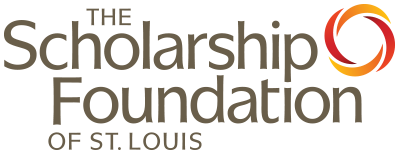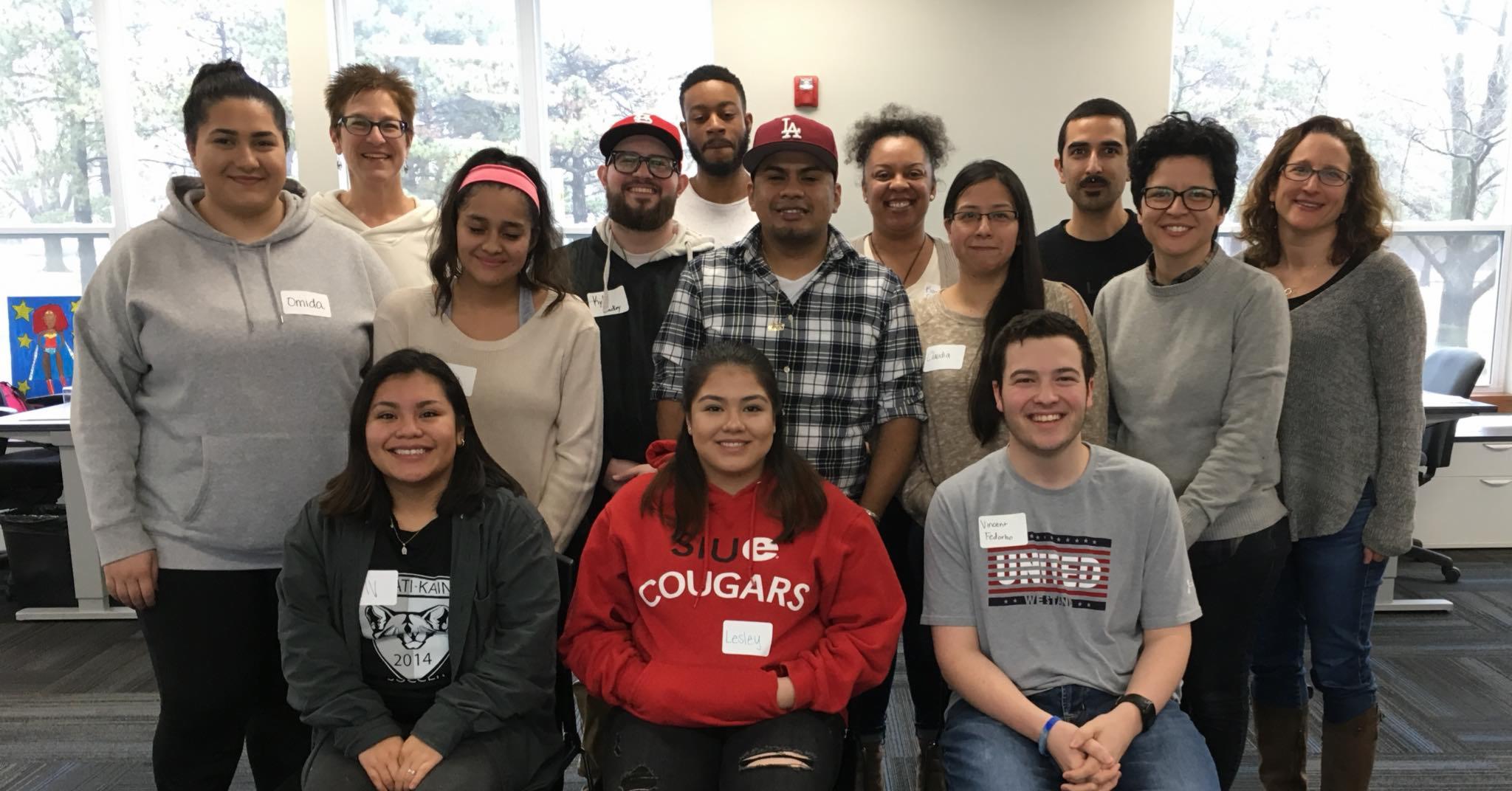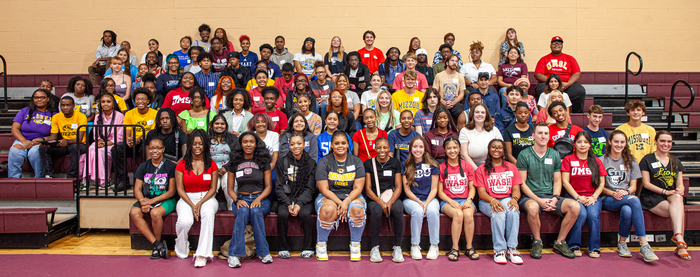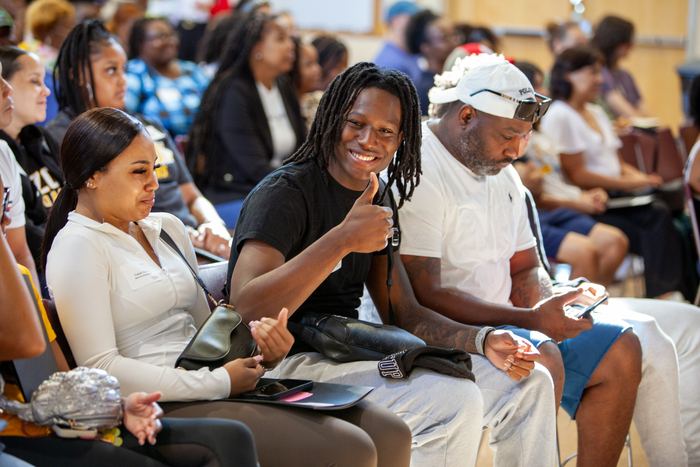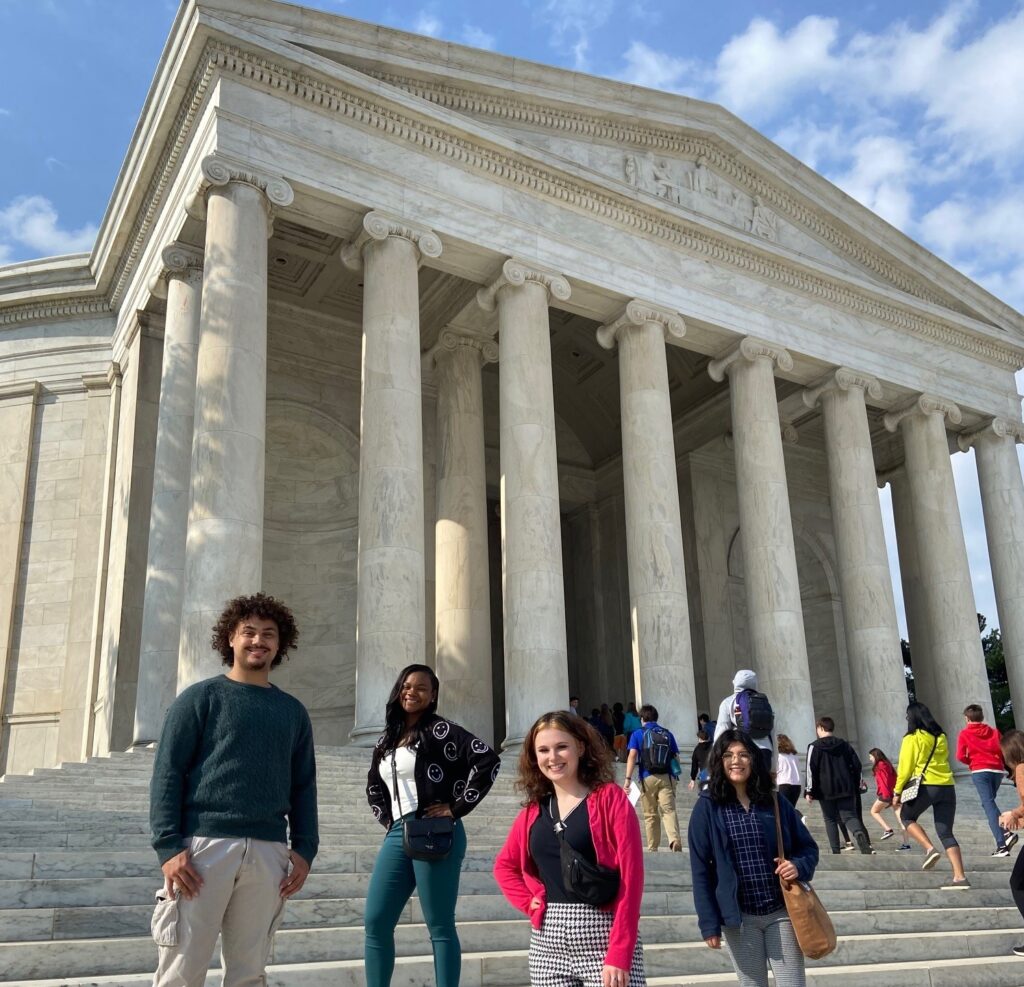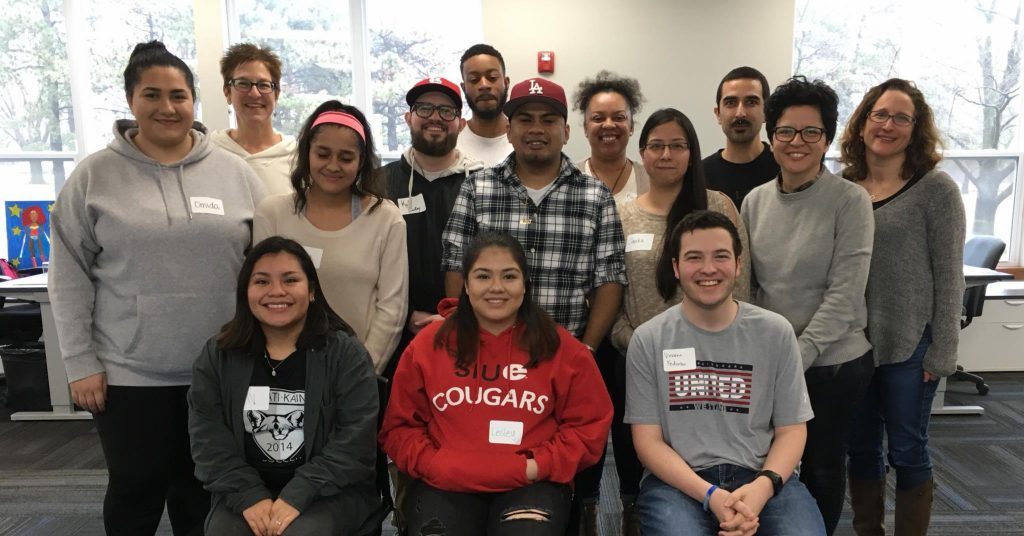 *This blogpost is the first of five in a series marking the centennial year of The Scholarship Foundation of St. Louis. Jointly authored by members of the History Subcommittee and Executive Director Faith Sandler, posts will tell the story of the key themes in which the Foundation is rooted and its future is cast.
*This blogpost is the first of five in a series marking the centennial year of The Scholarship Foundation of St. Louis. Jointly authored by members of the History Subcommittee and Executive Director Faith Sandler, posts will tell the story of the key themes in which the Foundation is rooted and its future is cast.
By Judith Meyer and Faith Sandler
For 100 years, The Scholarship Foundation has been reaching out to help young people pursue their dream of an education that opens opportunities. From a $15 loan to a young immigrant Jewish woman to attend a business college in 1920 to the $5.2 million the Foundation is this year providing in loans and grants to students, these awards to students are accompanied by information and guidance and are intended to build the kind of community that sustains democracy.
For most of its history, the primary focus of the Foundation has been offering interest-free loans, although from its earliest years, the Foundation also provided some of what is now called advising to the students it was hoping to serve. At certain key periods, it also provided grants to supplement the support that interest-free loans provided to emerging adult students.
In 1937, founder Meta Bettman described a broader purpose when she wrote: “Our selection of students was made by most careful vocational guidance and aptitude tests. . . Not only was this most important to our selected students, but also of great assistance to those we are unable to help.” Advising continued informally for many decades, until in 1991, Southwestern Bell Foundation funded three workshops that would provide community members important information about financial aid. In 1994-95, with initial funding from the Arthur and Helen Baer Charitable Foundation, a new approach to advising was adopted when a program launched using recent Foundation students to advise high school youth on college choice and applying for financial aid. This program has grown substantially, now staffed by full-time advisors who meet with a total of 6,000 students and family members annually, providing advice on college choice, financing higher education, and interpreting financial aid award letters.
After the close of World War II, increased tuition costs and community needs converged to inspire the Foundation to offer blended funding to students of medicine and social work, half loan and half gift grant for each year. For several subsequent years, students receiving interest-free loans and pursuing undergraduate degrees were given a grant rather than a loan to cover their fourth year.
In the 1960s and 1970s, demand had grown and The Scholarship Foundation limited its awards to interest-free loans. In the 1980s, state and federal programs to support students’ pursuit of a college education began to shift away from grant aid and toward loan aid. Skyrocketing college costs and dramatic increases in debt financing have been subjects of growing concern in the United States since the mid-1990s. Consequently, since 1998 an increasing number of individual donors and foundations have partnered with The Scholarship Foundation to offer grants to students who were also eligible for loans. Due to the Foundation’s expertise in identifying and supporting diverse students and helping them complete their degrees and repay their loans, more organizations came to the Foundation to help them provide grants. Currently, 20 student grant programs, ranging in number of awards each from one to 100 students annually, are offered by The Scholarship Foundation. The Foundation is also receiving grants to support the activities of student advising and the program services that are the hallmark of the Foundation’s advising, interest-free loan, and grant programs.
In 100 years, the challenges facing young adults as they find their way from high school to and through college have not subsided. While the core service the Foundation provides students is the money (in the form of interest-free loans, grants, and paid internships) required to enroll and complete degrees, the advice and counsel reaches even more students annually and is key to helping them find their way with a minimum of personal or financial peril.
The Scholarship Foundation’s Centennial Year will begin with an exhibit designed by and featuring the stories of nine Scholarship Foundation students as they find their way through the challenges of adolescence, immigration, family finances, and physical and mental health. The exhibit “KNOW US – Stories of St. Louis Students Finding Their Way” will be mounted at Missouri History Museum from January 19-March 29, 2020, with an opening celebration from 6:00 – 8:00 p.m. on Thursday, January 23, 2020. We are counting on YOU to join us there to learn more about the amazing students of The Scholarship Foundation of St. Louis.
To learn more and to RSVP for the Opening Reception: KNOW US -Stories of St. Louis Students Finding Their Way
Detailed Historical Timelines Can be Found Here: Building Economic Equity and Helping Students Find Their Way
